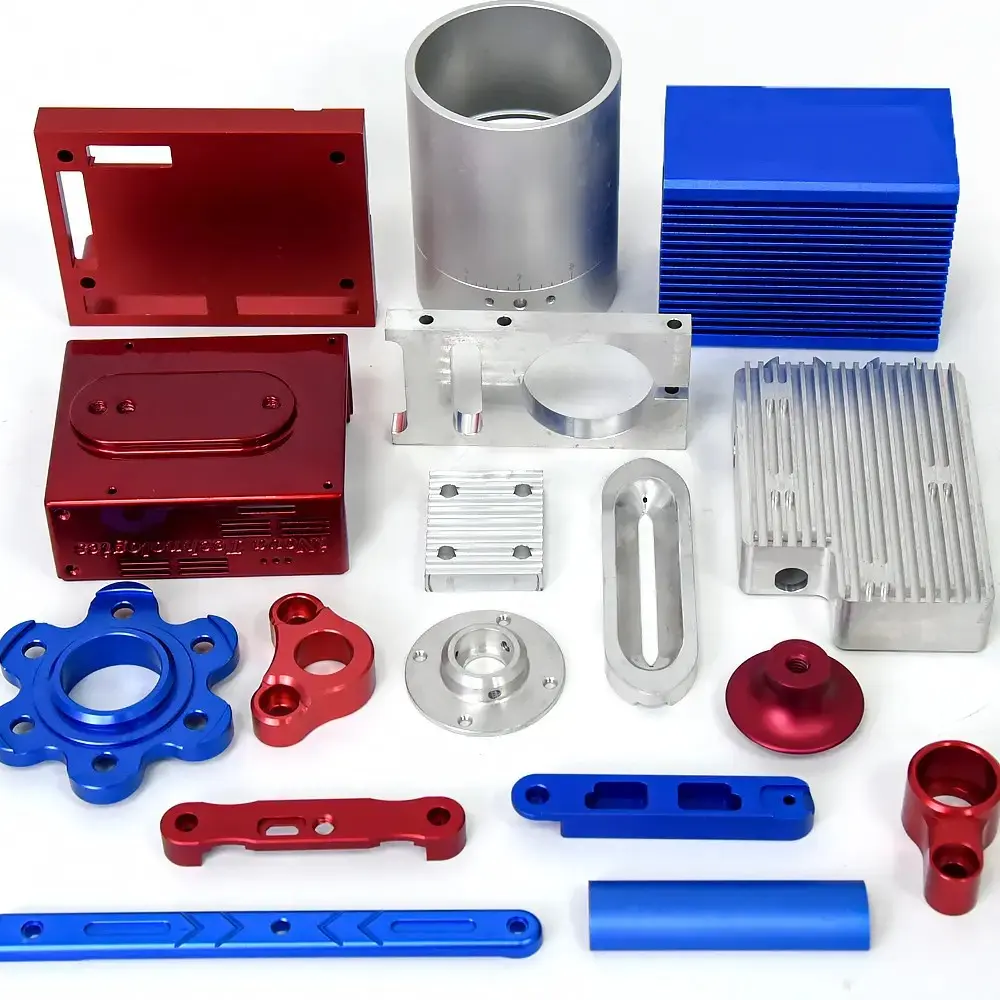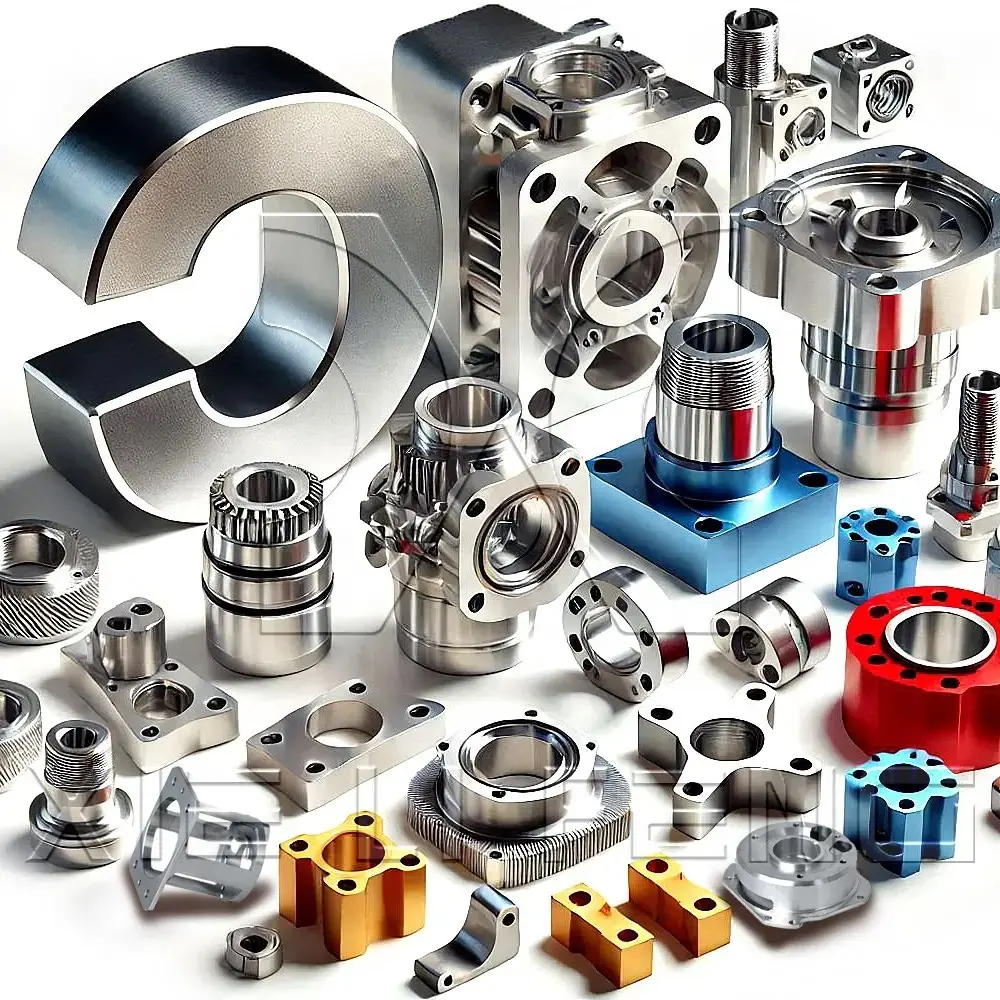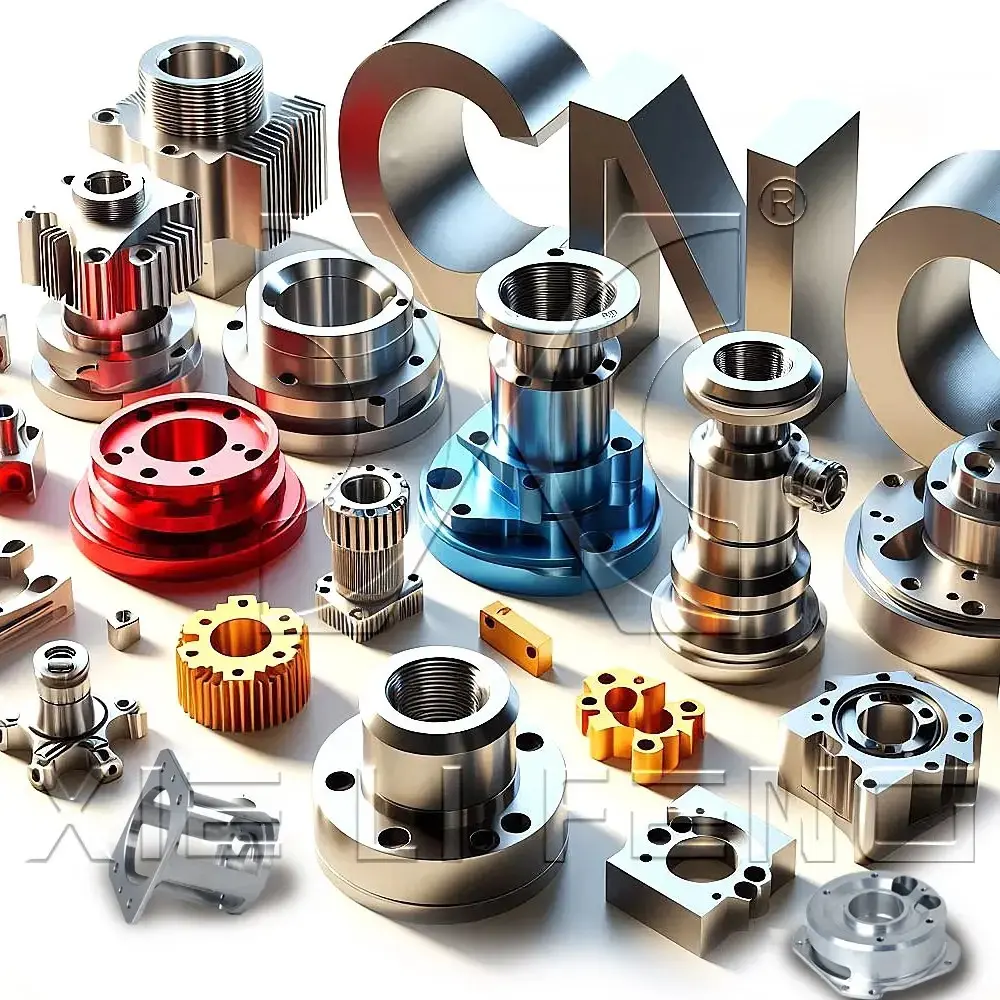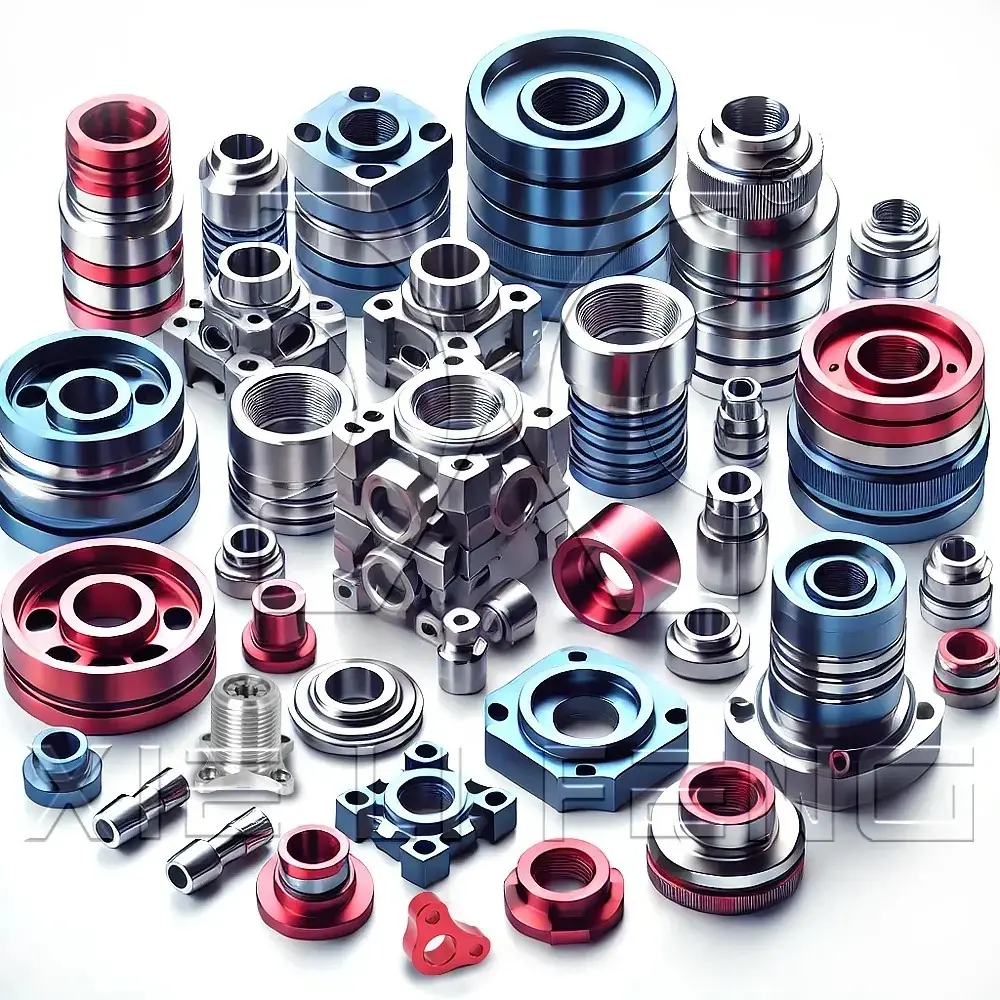CNC machining Complete Engineering Guide Part 2

Have questions?
Feel free to discuss CNC machining with us.
Part 2: Design for CNC machining
In less than 15 minutes, you will learn all you need to know to design parts optimized for CNC machining: from Design for Machinability rules to cost reduction tips and from material selection guidelines to surface finishing recommendations.

Part 1: The basics
What is CNC? What types of machines are there? Which are their key benefits & limitations?

Part 2: Design for CNC machining
In less than 15 minutes, you will learn how to design parts optimized for CNC machining.

Part 3: Materials for CNC machining
Learn more about the most popular materials & finishes used in CNC machining.

Part 4: Cost reduction tips
Use these 3 design tips to cut the costs of your CNC machining project.

Part 5: Start CNC machining
Learn how to prepare, get a quote & source custom CNC machined parts in 3 simple steps.

Part 6: Useful resources
Useful resources A list of useful resources for those who want to delve deeper.

Benefits & Limitations of CNC machining
Here’s a list of the key strengths and limitations of CNC machining.

Applications of CNC machining
The benefits of CNC machining lie in a wide range of applications.
SGS Certification
ISO Standards
Environmental Compliance
Customer Satisfaction
Continuous Improvement
CNC machining design restrictions
The design restrictions in CNC machining are a natural result of the mechanics of the cutting process and in particular:

Tool geometry
Most CNC machining cutting tools have a cylindrical shape with a flat or spherical end, restricting the part geometries that can be produced.
For instance, the internal vertical corners of a CNC part will always have a radius, no matter how small a cutting tool is used.

Tool access
Surfaces that cannot be reached by the cutting tool, cannot be CNC machined.
This prohibits, for example, the fabrication of parts with internal ‘hidden’ geometries, and puts a limit to the maximum depth of an undercut.

Workpiece stiffness
Due to the cutting forces and the temperatures developed during machining, it is possible for the workpiece to deform or vibrate.
This limits, for example, the minimum wall thickness that a CNC machined part can have and the maximum aspect ratio of tall features.

Tool stiffness
Like the workpiece, the cutting tool can also deflect or vibrate during machining. This results in looser tolerances and even tool breakage.
The effect becomes more prominent when the ratio of length-to-diameter of the cutting tool increases and is the reason why deep cavities cannot be easily CNC machined.

Workholding
The geometry of a part determines the way it will be held on the CNC machine and the number of setups required. This has an impact on the cost, but also the accuracy of a part.
For example, manual repositioning introduces a small, but not negligible, positional error. This a key benefit of 5-axis versus 3-axis CNC machining.

Tool accessibility
Most tools are cylindrical with flat or rounded ends. Due to the nature of the tool shape, it is not possible to create completely sharp corners internally.
It is not possible to create surfaces or structures that cannot be reached by the cutting tool. It is not possible to create downward curved structures or holes that are deeper than the tool length.
Design rules for CNC machining
In the table below, we summarise how these restrictions translate into actionable design rules.
- Cavities & pockets
- Internal edges
- Minimum wall thickness
- Holes
- Threads
- Tall features
- Small features
- Tolerances
- Maximum part size
Cavities & pockets
Recommended depth: 4 x cavity width
Feasible depth: 10 x tool diameter or 25 cm (10’’)
Deeper cavities need to be machined with cutting tools with larger diameter affecting the fillets of the internal edges.

Internal edges
Recommended: larger than ⅓ x cavity depth
For internal vertical edges, the larger the fillet the better.
Edges on the floor of a cavity should be either sharp or have a 0.1 mm or 1 mm radius.

Minimum wall thickness
Recommended: 0.8 mm (for metals)
Feasible: 0.5 mm
Recommended: 1.5 mm (for plastics)
Feasible: 1.0 mm
Decreasing the wall thickness reduces the stiffness of the workpiece, increasing vibrations and lowering the achievable tolerances.
Plastics are especially prone to warping and thermal softening, so a larger minimum wall thickness is necessary.

Holes
Recommended diameter: standard drill bit sizes
Recommended depth: 4 x nominal diameter
Max. depth: 10 x nominal diameter
Holes with standard diameter are preferred, as they can be machined with a standard drill bit. Blind holes machined with a drill will have a conical floor.
Holes with non-standard diameter will be machined with an end mill tool and should be treated as cavities (see previous rule). Blind holes machined with an end mill tool will be flat.

Threads
Recommended length: 3 x nominal diameter
Recommended size: M6 or larger
Feasible size: M2
Choose the largest thread possible, as they are easier to machine. Threads longer than 3 times the nominal diameter are unnecessary.
Always design threads as cosmetic in your CAD package and include a technical drawing to your order.

Tall features
Recommended max. ratio: height / width < 4
Tall features are difficult to machine accurately, as they are prone to vibrations. Consider the overall geometry of the part: rotating the part by 90° degrees during machining changes the aspect ratio.

Small features
Recommended: 2.5 mm (0.100’')
Feasible: 0.50 mm (.020’’)
Cavities and holes down to 2.5 mm (0.1’’) can be CNC machined with standard cutting tools. Anything below this limit is considered micro-machining and must be avoided unless necessary.

Tolerances
Standard: ± 0.125 mm (.005’')
Feasible: ± 0.025 mm (.001’’)
Tolerances (unilateral, bilateral, interference or geometric) should be defined on all critical features, but DO NOT over-tolerance.
If no tolerance is specified in the technical drawing, then the standard ± 0.125 mm will be held.

Maximum part size
CNC milling: 400 x 250 x 150 mm (typically)
CNC turning: Ø 500 mm x 1000 mm (typically)
Very large CNC machines can produce parts with dimensions up to 2000 x 800 x 1000 mm ( 78’’ x 32’’ x 40’’).
5-axis CNC machining systems typically have a smaller build volume.

Designing undercuts
Undercuts are features that cannot be machined with standard tools, no matter how the part is rotated, because the cutting tools cannot access all surfaces. If square aluminum extrusions were manufactured with CNC machining, then their grooves would be considered undercuts.
Undercuts can be machined using special T-shaped, V-shaped or lollipop-shaped cutting tools if designed correctly.
Here are some practical guidelines to help you get started with designing undercuts.

Undercut dimensions
Recommended width: 3 mm (1/8’’) to 40 mm (1 ½’')
Max. Depth: 2x width
Design undercuts with a width of whole millimeter increments or a standard inch fraction. For undercuts with non-standard dimensions, a custom cutting tool must be created.
The standard tools have a cutting depth of approximately two times their width. This limits the achievable depth.

Undercut clearance
Recommended min. clearance: 4x depth
For undercuts on internal faces, add enough clearance between the opposing walls to ensures tool access.
Have questions?
Feel free to discuss CNC machining with us.
CNC machining can be used with a very wide range of engineering metals & plastics.
In this section, you will learn more about the key characteristics of the most popular materials. We will also examine the most common finishes that are applied to CNC machined parts.








